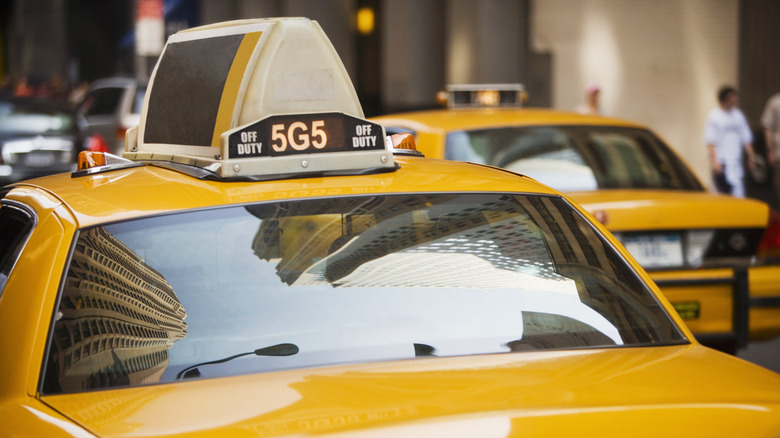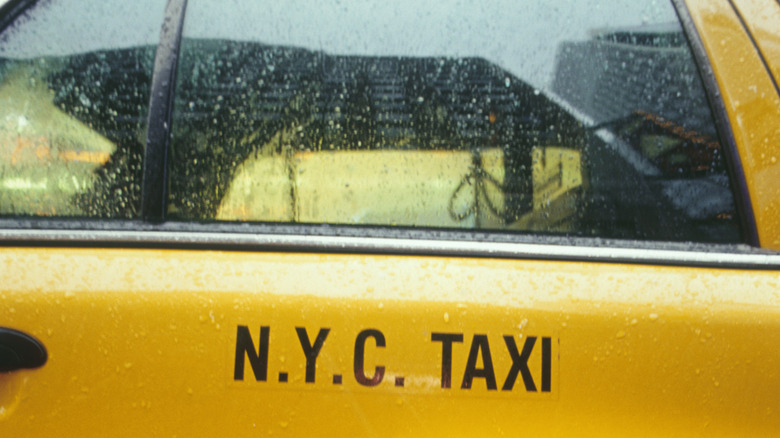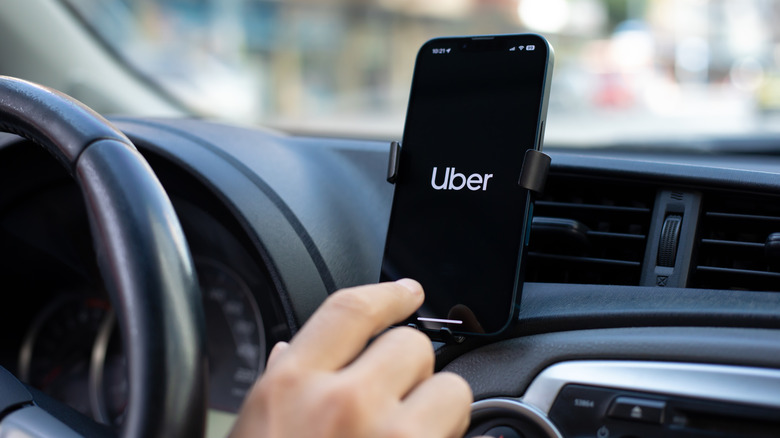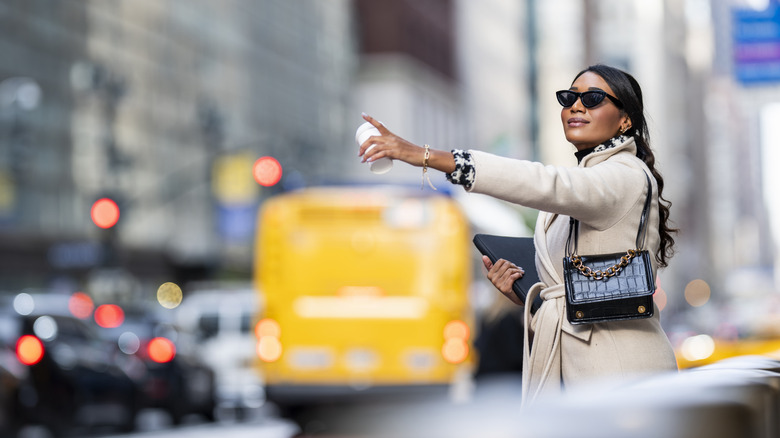Are NYC Taxis Cheaper Than Uber?
Millions around the world associate New York City with the Statue of Liberty, Times Square, Central Park, the Yankees, the Knicks, street hot dog vendors, and yellow cabs. Central to the city's identity and spirit, taxis have been a staple of New York City streets since 1907, when entrepreneur Harry N. Allen founded the New York Taxicab Company, importing European cars and painting them yellow so they stood out in traffic.
New York cab drivers have faced their fair share of challenges over the years. In the early 2010s, for example, the price of medallions — permits required to operate a taxi in NYC — skyrocketed to over $1 million. Then came ride-sharing apps like Uber, cratering the price of medallions and disrupting the traditional taxi industry in an unprecedented way. That was hardly a surprise. After all, everyone has a smartphone, and most New Yorkers just want to get from point A to point B quickly, efficiently, and for as little money as possible. But what is the real truth? Is Uber cheaper than NYC taxis, or is it the other way around? The short answer is: It's complicated. Here's what you need to know.
NYC taxi fare breakdown
Here's how the NYC taxi fare structure works, as of February 2025. The base fare is $3 — this is the initial charge that you pay for hopping into an NYC taxi. As you travel, the meter ticks up based on distance and time. When traveling above 12mph, you pay $0.70 for every fifth of a mile. When the vehicle is stopped or you're traveling at a speed lower than 12mph, you pay $0.70 per 60 seconds.
Then there are surcharges. Every NYC cab passenger is subject to an $1 Improvement Surcharge, which applies to both yellow and green taxis. That money goes to the Taxicab Improvement Fund (TIF) and the Street Hail Livery Improvement Fund (SHLIF), which were established in 2014 to increase the number of accessible vehicles. There is also a $1 overnight surcharge, which applies if you're traveling between 8 p.m. and 6 a.m., and a $2.50 rush hour surcharge from 4pm to 8pm on weekdays. Lastly, for any trips that begin, end, or pass through Manhattan south of 96th Street you have to pay a New York State Congestion Surcharge, which is $2.50 for yellow taxis, $2.75 for green taxis, and $0.75 for any shared ride.
Tips are customary and expected, and you are also responsible for any tolls incurred during your trip. Trips beyond NYC and trips to and from airports have their own set of rules.
Uber's pricing model
Uber uses a dynamic pricing model, meaning the cost of traveling from point A to point B can vary significantly depending on several factors, including time, distance, traffic, location, and rider-to-driver demand at the time of booking. This is called surge pricing. In practice, it means that you will typically pay more for an Uber ride from your workplace to your home on a Friday afternoon than on a Monday afternoon.
Uber's pricing model has been a subject of controversy, so much so that legislators have demanded more transparency from the San Francisco company, with some claiming it deliberately keeps its pricing model opaque at the expense of customers. In 2024, then-Senator Sherrod Brown of Ohio said that Uber is "taking away people's ability to find the lowest price," accusing the company of using its algorithms to gather customer data and suppress competition. "Under these shifting conditions, fare rates are highly volatile, making it difficult for consumers to predict how much they will pay for a given ride," Brown stated at the time.
These issues are especially pronounced in large, heavily congested cities like New York. Surge pricing aside, as an Uber rider you have to pay surcharges and reimbursement for tolls, a booking fee, and several other fees on top of the base fare. In NYC's Manhattan Congestion Relief Zone, you will also be charged a $1.50 congestion fee per trip.
Uber vs. Taxi in NYC: Which is the better option?
One of the reasons so many people hate Uber is the lack of transparency when it comes to pricing. The best we can do is look at data, guestimate, and use price calculators — Uber has its own, but third-party tools can be helpful as well.
Here's an example. An Uber Green ride from Times Square to Brooklyn Heights would cost around $42, according to Uber Fare Finder, while Taxi Calculator estimates a taxi ride on the same route at approximately $43 during the day and $41 at night. For what it's worth, a 2024 analysis from Scholaroo found that New York City was the second most expensive city in the United States for ride-sharing services like Uber, with the average city trip (defined as a 6.5-mile trip) costing $35.32, so you should probably take that into account if you live elsewhere.
How much you would pay for an Uber ride in New York City depends on a variety of factors, which isn't ideal. However, at least you'll know exactly how much the ride will cost before you even get in the car. With a taxi service, you have a much clearer idea of how the fare is calculated, but even if you're familiar with the fare structure, you'll only know the exact amount you'll pay once you've arrived at your destination. Ultimately, both Uber and traditional NYC taxis offer distinct advantages and drawbacks.



